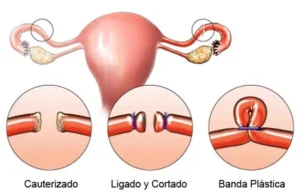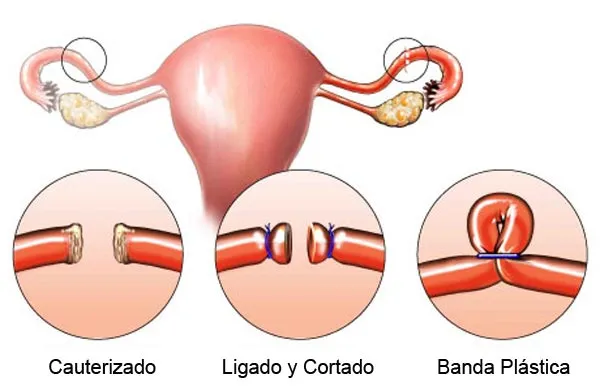Question:
I have heard a lot of talk, including within Catholic publications, about “emergency contraception.” Forgive my ignorance, but can you explain to me what it is?
Answer:
The term ‘emergency contraception’ indicates a set of practices used to prevent an eventual unwanted pregnancy, using methods which act to counteract the development of the human embryo once fertilization has taken place. ‘Emergency contraception’ can sometimes act by blocking ovulation since it cannot be excluded that the sexual act may have taken place several days before ovulation. Still, it is, above all, a direct action against the embryo and, therefore, an ‘abortive’ practice.
The term ‘emergency’ indicates that such practices must be used immediately after the sexual act that is presumed to be fertilizing (impregnating).
Among the motivations adopted by those who support such a campaign in favor of ‘emergency contraception,’ is to contain the effects of the ‘failures’ of so-called ‘ordinary’ contraception, and to reduce the percentage of women who do not use any contraceptive technique, and would therefore occasionally or repeatedly resort to surgical abortion as an instrument of birth control. Abortion, which, in certain situations, is considered unsafe for women.
This (abortifacient) practice of birth control has been used for several years in certain countries within Northern Europe and North America. Today there is a fierce campaign to spread it in developing countries, often taking advantage of catastrophic conditions (war, famine, mass migrations, etc.).
The forms of ‘emergency contraception’ used today are: repeated administration of very high doses of estrogens, or high amounts of a combination of estrogens and progestogens, or of progestogens only; administration of danazol; insertion of the spiral or IUD (intrauterine device). In some countries, mifepristone is also used, better known as RU486, which acts – like danazol – by preventing implantation of the fertilized embryo (although it also acts in more advanced periods of pregnancy) [1].
It’s clear that the mechanisms or methods which act in so-called ‘emergency contraception’ is explained in most cases by preventing a fertilized embryo from nesting in the uterine wall and continuing its development. It causes, in other words, an abortion, i.e., the death of a newly conceived human being [2].
For this reason, it’s a contradiction to state in specialized (scientific) literature that ‘emergency contraception’ does not act as an abortifacient mechanism or that ‘emergency contraception’ reduces the percentage of abortions.
This assertion has been made by considering that pregnancy begins with the implantation of the embryo in the uterine walls (therefore, not before the sixth day, as a minimum limit, and not after the 14th day, as a maximum limit); the embryo is called ‘pre-embryo;’ and abortion is considered as such only if it occurs after implantation. Consequently – it is said – ‘emergency contraception,’ if applied before implantation, would not determine the abortion of a pregnancy already begun: the effect would only be to ‘prevent the nidation (implantation) of the embryo in the uterus.’ Nevertheless, whatever may be said, the suppression of human life in any of its various phases is an abortion.
It is necessary, therefore, to redefine the correct meaning of each term so that everyone knows what the reality of ‘emergency contraception’ is. This reality must challenge the conscience of everyone, particularly of health professionals (doctors, nurses, pharmacists, etc.) who must be able to present a conscientious objection if – in the name of the dignity of the person – they do not want to cooperate, by prescribing or administering such products, in the murder of human individuals.
The fact that these products may have, in some cases, only an anovulatory effect or that they have no effect at all in the case of no fertilization does not change the ethical judgment on such a practice. In fact, by resorting to ‘emergency contraception,’ one voluntarily and deliberately assumes the risk of causing an abortion. In other words, if a pregnancy were to occur, the woman or the physician would have decided to have an abortion.
Fr. Miguel A. Fuentes, IVE
Bibliography for further reading:
Institute of Bioethics at the School of Medicine of the Catholic University of the Sacred Heart (Rome), Statement on So-Called ‘Emergency Contraception’ (08 March 1997).
[1] The administration of high doses of estrogen, or combined estrogen-progestogens, or progestogens during the 72 hours following sexual intercourse, which is presumed to be fertilizing, determines either a luteolytic effect or the modification of the physiologically expected phases of endometrial development, with alterations at the cellular and/or enzymatic level. Consequently, the nidation phase of the embryo, eventually fertilized, does not begin in the uterine walls, and the pregnancy ends in miscarriage. To get an idea of the high doses of estrogens and progestogens that are administered in emergency contraception, it is sufficient to mention that these correspond to the number of hormones that a woman would take for two years when using them as ‘ordinary’ contraceptives.
[2] Studies carried out on women given combined estrogens and progestogens at the imminence of ovulation have also shown inhibition of oocyte release. This effect, more appropriately ‘contraceptive,’ is present in only 20% of cases and is not foreseeable in the standard product delivery methods.
Original post: Here














